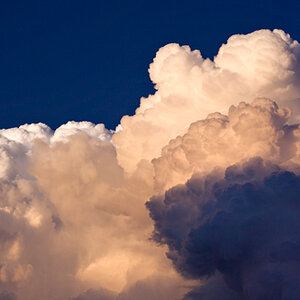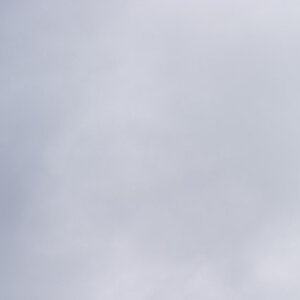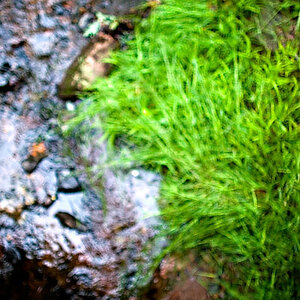- Joined
- Jun 14, 2013
- Messages
- 4,030
- Reaction score
- 1,482
- Location
- Oklahoma
- Website
- internetwhispers.com
- Can others edit my Photos
- Photos NOT OK to edit
It is just a RAW file, like it says, no processing at all done to it? That means that "every" photo taken has to have some kind of post processing done to it, right? This bears out in my case, as "every" photo sootc is fairly dull and neutral. Reason I ask is just the laziness factor, I guess. For less to no post processing one would need to use the jpeg option and let the camera do the processing, right? It just seems at times that thinking of having to sit and process 50-100 photos makes me tired before I start. But that's the price we pay for shooting RAW, right?










